Home>Gardening & Outdoor>Outdoor Recreation & Activities>What Is A Rebounding Trampoline
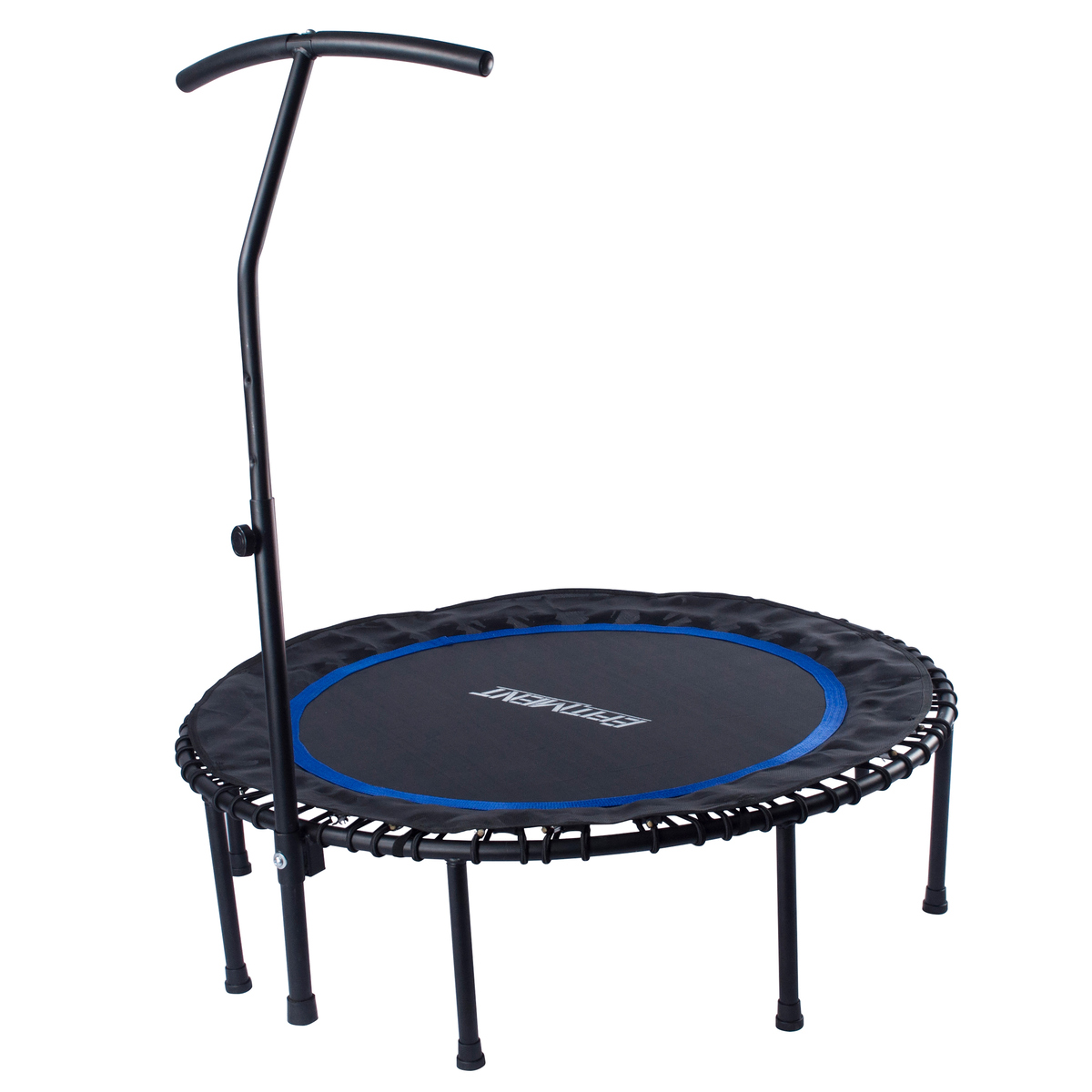

Outdoor Recreation & Activities
What Is A Rebounding Trampoline
Modified: October 19, 2024
Learn about the benefits of rebounding trampolines for outdoor recreation and activities. Discover how to choose the best trampoline for your needs.
(Many of the links in this article redirect to a specific reviewed product. Your purchase of these products through affiliate links helps to generate commission for Storables.com, at no extra cost. Learn more)
Introduction
Welcome to the exhilarating world of rebounding trampolines! These innovative recreational devices have taken the concept of traditional trampolines to new heights, quite literally. Whether you're a fitness enthusiast, an adventure seeker, or someone looking for a fun way to stay active, rebounding trampolines offer a unique and enjoyable experience for people of all ages.
The concept of rebounding trampolines revolves around the simple yet captivating idea of bouncing. However, these trampolines are not just for recreational jumping; they have evolved to serve as effective tools for fitness, rehabilitation, and overall well-being. In this article, we will delve into the fascinating world of rebounding trampolines, exploring their history, mechanics, benefits, and safety measures.
As we embark on this journey, prepare to discover the evolution of trampolines, from their humble beginnings to the modern, versatile rebounding trampolines that have captured the imagination of fitness enthusiasts and thrill-seekers alike. Get ready to bounce into a world of excitement, fitness, and adventure as we explore the captivating realm of rebounding trampolines.
Key Takeaways:
- Rebounding trampolines offer a fun and safe way to exercise, improve cardiovascular health, and strengthen core muscles, making them a great choice for people of all ages and fitness levels.
- Prioritizing safety measures, such as proper assembly, supervision for children, and controlled bouncing techniques, ensures that the exhilarating experience of rebounding trampolines remains enjoyable and risk-free for everyone.
Read more: What Is A Trampoline
History of Trampolines
The history of trampolines dates back to ancient civilizations, where people engaged in various forms of bouncing and jumping for both practical and recreational purposes. However, the modern trampoline, as we know it, has its roots in the early 20th century.
The concept of a trampoline was first introduced by George Nissen and Larry Griswold, two gymnasts who were inspired by the trapeze artists performing stunts and dismounts into safety nets. This led to the development of the "bouncing rig," a contraption consisting of a piece of canvas stretched taut by a steel frame. The bouncing rig served as a precursor to the trampoline, laying the foundation for the innovative recreational device we know today.
In 1936, Nissen and Griswold unveiled the first modern trampoline, which they named "trampolines" based on the Spanish word "trampolin," meaning diving board. The trampoline quickly gained popularity, not only as a recreational activity but also as a training tool for athletes and military personnel. Its versatility and entertainment value made it a hit among people of all ages.
Over the years, trampolines continued to evolve, with advancements in materials, safety features, and design. The introduction of spring-based trampolines and, later, bungee and elastic cord trampolines, further expanded the possibilities for recreational and fitness applications.
Today, the concept of trampolines has been reimagined with the advent of rebounding trampolines. These modern marvels combine the thrill of bouncing with the benefits of low-impact exercise, making them a popular choice for fitness enthusiasts and individuals seeking a fun and effective way to stay active.
As rebounding trampolines continue to capture the imagination of people around the world, their rich history serves as a testament to the enduring appeal of bouncing and the innovative spirit of those who seek to elevate the trampoline experience to new heights.
How Rebounding Trampolines Work
Rebounding trampolines operate on the fundamental principle of elastic potential energy, harnessing the resilience of materials to create an exhilarating and low-impact bouncing experience. Unlike traditional trampolines, which often rely on metal springs for propulsion, rebounding trampolines utilize bungee cords or elastic bands to provide a responsive and dynamic surface for bouncing.
The design of rebounding trampolines is centered around a sturdy yet flexible frame, typically constructed from durable steel or aluminum. This frame supports the trampoline bed, which is made of a specialized, high-tensile material that can withstand repeated bouncing while maintaining its elasticity. The trampoline bed is attached to the frame using an array of bungee cords or elastic bands, which serve as the primary mechanism for generating bounce and rebound.
When an individual jumps on a rebounding trampoline, the bungee cords or elastic bands stretch to absorb the impact of the jump, storing potential energy in the process. As the individual descends and applies force to the trampoline bed, the stretched cords or bands release this stored energy, propelling the jumper into the air with a responsive and buoyant lift.
One of the key features of rebounding trampolines is their ability to provide a forgiving and gentle landing surface. The elasticity of the trampoline bed, combined with the shock-absorbing properties of the bungee cords or elastic bands, reduces the impact on joints and muscles, making it an ideal choice for individuals seeking a low-impact form of exercise.
Furthermore, the dynamic nature of rebounding trampolines allows for a wide range of movements, from gentle bounces to more vigorous aerobic exercises. The responsive surface encourages users to engage their core muscles, improve balance and coordination, and experience the joy of fluid, rhythmic bouncing.
Overall, the mechanics of rebounding trampolines create a unique and enjoyable platform for individuals to engage in a full-body workout, enhance cardiovascular health, and experience the thrill of bouncing in a safe and controlled environment.
When using a rebounding trampoline, make sure to wear proper footwear and clothing to prevent slipping or getting caught in the springs. Always check the trampoline for any damage before use.
Benefits of Using a Rebounding Trampoline
Rebounding trampolines offer a myriad of physical, mental, and emotional benefits, making them an exceptional choice for individuals seeking a fun and effective way to stay active. From enhancing cardiovascular health to promoting overall well-being, the advantages of using a rebounding trampoline are as diverse as they are compelling.
Cardiovascular Fitness: Bouncing on a rebounding trampoline provides a dynamic cardiovascular workout, elevating the heart rate and improving circulation. The rhythmic bouncing motion engages large muscle groups, leading to enhanced cardiovascular endurance and overall fitness.
Low-Impact Exercise: Unlike high-impact activities such as running or traditional aerobics, rebounding trampolines offer a gentle and forgiving surface for exercise. The elasticity of the trampoline bed, combined with the shock-absorbing properties of the bungee cords or elastic bands, reduces the impact on joints and minimizes the risk of injury.
Core Strengthening: The act of balancing and stabilizing on a rebounding trampoline engages the core muscles, promoting strength, stability, and improved posture. The continuous adjustments required to maintain balance contribute to the development of core strength and overall muscle tone.
Lymphatic System Stimulation: Bouncing on a trampoline stimulates the lymphatic system, which plays a crucial role in immune function and detoxification. The rhythmic movement helps to facilitate the circulation of lymphatic fluid, aiding in the removal of toxins and waste products from the body.
Mental Well-being: The act of bouncing on a trampoline can be incredibly uplifting and enjoyable, leading to the release of endorphins and a sense of exhilaration. This can contribute to improved mood, reduced stress, and enhanced mental well-being.
Weight Management: Regular use of a rebounding trampoline can contribute to weight management and body composition goals. The combination of cardiovascular exercise and muscle engagement can support calorie burning and the development of lean muscle mass.
Joint Health and Flexibility: The low-impact nature of rebounding trampolines makes them an ideal choice for individuals seeking to improve joint health and flexibility. The gentle bouncing motion can help promote joint mobility and reduce stiffness, particularly in the ankles, knees, and hips.
Overall, the holistic benefits of using a rebounding trampoline make it a versatile and enjoyable option for individuals looking to improve their fitness, well-being, and overall quality of life.
Safety Measures for Using Rebounding Trampolines
While rebounding trampolines offer a thrilling and effective way to stay active, it is essential to prioritize safety to ensure an enjoyable and risk-free experience. By following key safety measures, individuals can maximize the benefits of rebounding trampolines while minimizing the potential for accidents or injuries.
Proper Assembly and Maintenance: When setting up a rebounding trampoline, it is crucial to carefully follow the manufacturer’s instructions for assembly. Ensure that all components are securely fastened, and regularly inspect the trampoline for any signs of wear or damage. Proper maintenance and upkeep are essential for ensuring the structural integrity and safety of the trampoline.
Supervision for Children: If children will be using the rebounding trampoline, adult supervision is paramount. Ensure that children are aware of the safety guidelines and are instructed to use the trampoline responsibly. Young children should be closely monitored to prevent roughhousing, overcrowding, or unsafe behavior on the trampoline.
Limiting User Capacity: Rebounding trampolines have specific weight and user capacity limits, which should be strictly adhered to. Overloading the trampoline with too many users or exceeding the weight limit can compromise its stability and increase the risk of accidents.
Proper Attire and Footwear: Users should wear appropriate attire when using a rebounding trampoline, including comfortable and fitted clothing that does not pose a risk of entanglement with the trampoline components. Additionally, users should wear supportive athletic shoes to provide traction and stability while bouncing.
Warm-Up and Cool-Down: Prior to using a rebounding trampoline, it is beneficial to perform a brief warm-up to prepare the body for exercise. Similarly, incorporating a cool-down routine after bouncing can help reduce muscle tension and prevent strain or discomfort.
Controlled Bouncing Techniques: Users should be mindful of their bouncing technique, aiming for controlled and rhythmic movements. Avoiding excessive or erratic bouncing can help maintain stability and reduce the risk of falls or collisions with other users.
Clear Trampoline Area: The area surrounding the rebounding trampoline should be free of any obstructions, sharp objects, or hazards that could pose a risk to users. Ensure that the trampoline is placed on a level surface and that there is adequate clearance above and around the trampoline.
Training and Instruction: Individuals, especially those new to rebounding trampolines, should familiarize themselves with basic safety guidelines and bouncing techniques. Accessing instructional resources or seeking guidance from experienced users can help promote safe and effective trampoline usage.
By prioritizing safety and adhering to these measures, individuals can enjoy the countless benefits of rebounding trampolines while minimizing the potential for accidents or injuries. With proper precautions in place, the experience of rebounding becomes not only exhilarating but also safe and rewarding.
Read more: What Is A Good Trampoline
Conclusion
The evolution of trampolines from their humble origins to the modern-day rebounding trampolines represents a remarkable journey of innovation, recreation, and fitness. These dynamic devices have transcended their traditional role as recreational attractions to become versatile tools for enhancing physical health, mental well-being, and overall vitality.
Rebounding trampolines, with their resilient and responsive surfaces, offer a captivating and low-impact platform for individuals of all ages to engage in exhilarating exercise, improve cardiovascular fitness, and strengthen core muscles. The rhythmic bouncing motion not only provides a dynamic workout but also stimulates the lymphatic system, promotes joint health, and contributes to weight management goals.
Moreover, the joy of bouncing on a rebounding trampoline can have uplifting effects on mental well-being, fostering a sense of exhilaration, reducing stress, and promoting a positive outlook. The holistic benefits of rebounding trampolines extend beyond physical fitness, encompassing emotional and psychological wellness.
However, it is essential to prioritize safety when using rebounding trampolines, particularly in the context of proper assembly, maintenance, supervision for children, and adherence to weight and user capacity limits. By following key safety measures and guidelines, individuals can enjoy the numerous advantages of rebounding trampolines while minimizing the potential for accidents or injuries.
As the popularity of rebounding trampolines continues to soar, their impact on fitness, recreation, and overall well-being is undeniable. Whether used for individual workouts, group fitness classes, or family entertainment, rebounding trampolines have carved out a unique niche in the realm of active living, offering a blend of excitement, exercise, and enjoyment.
In conclusion, the allure of rebounding trampolines lies in their ability to combine the joy of bouncing with the benefits of low-impact exercise, creating an experience that is not only invigorating but also enriching for the body and mind. As individuals continue to embrace the boundless potential of rebounding trampolines, the journey of bouncing toward better health and vitality is set to reach new heights.
Frequently Asked Questions about What Is A Rebounding Trampoline
Was this page helpful?
At Storables.com, we guarantee accurate and reliable information. Our content, validated by Expert Board Contributors, is crafted following stringent Editorial Policies. We're committed to providing you with well-researched, expert-backed insights for all your informational needs.
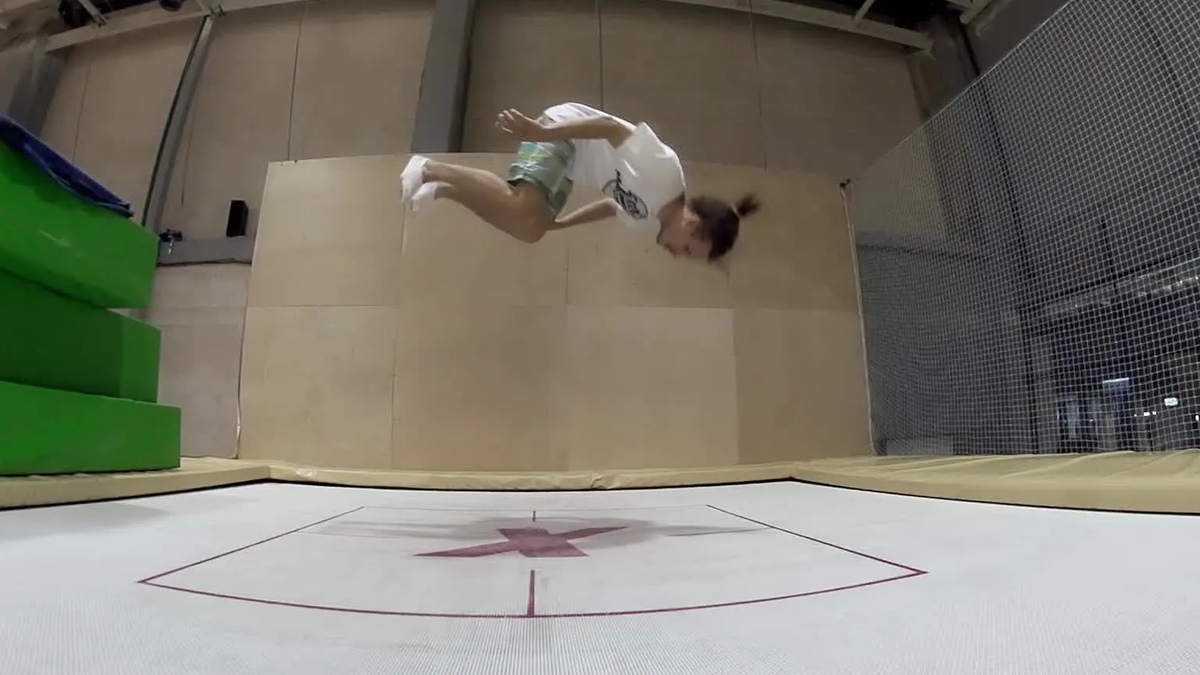
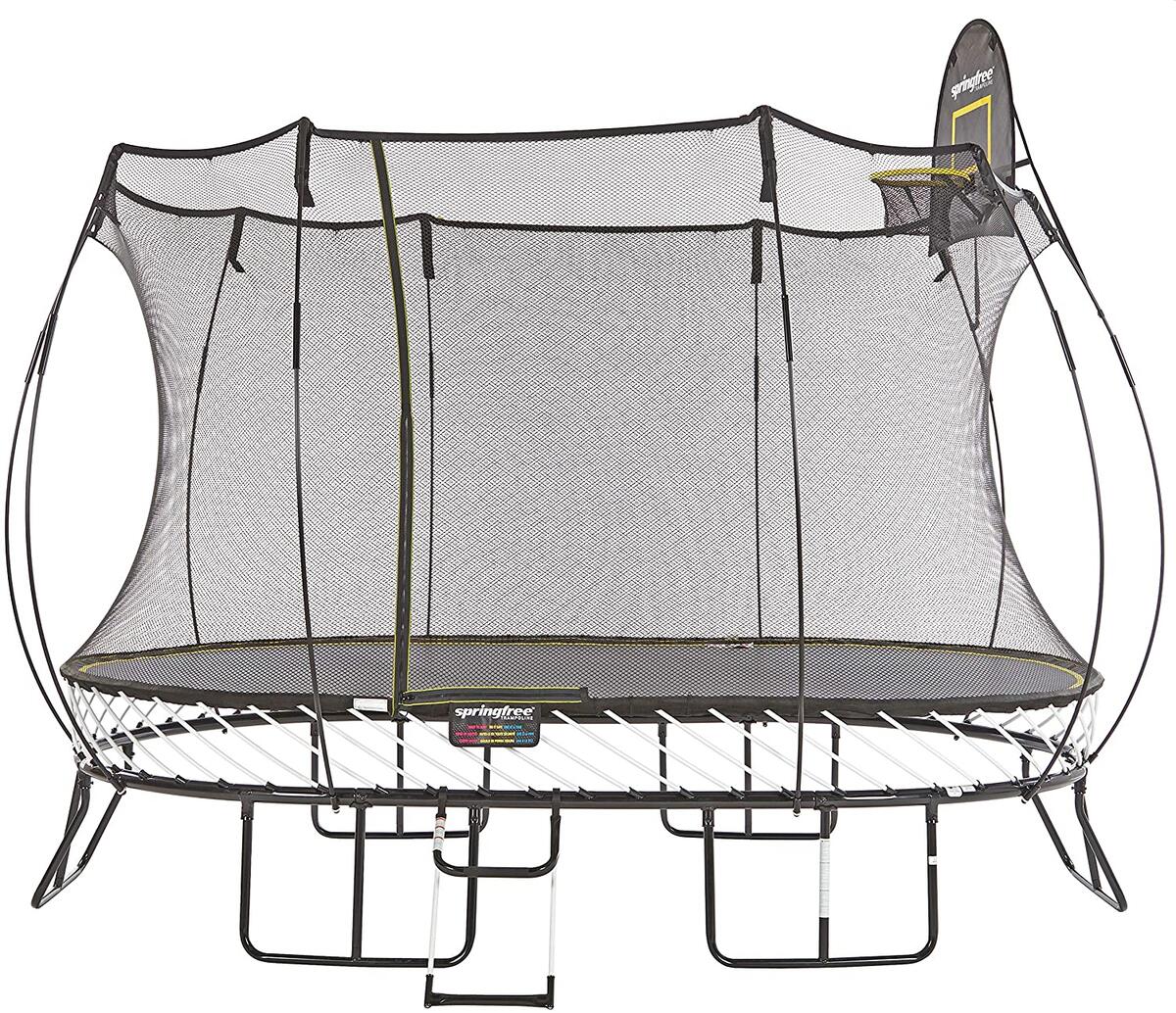
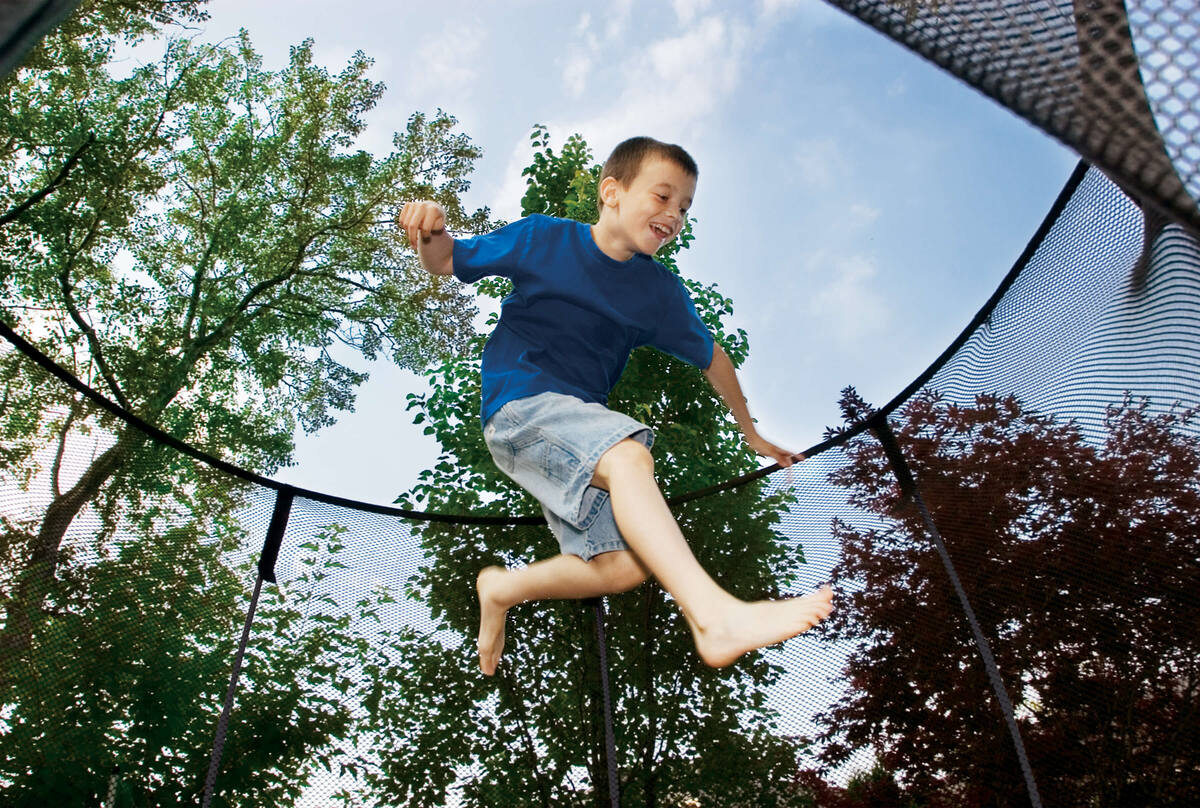

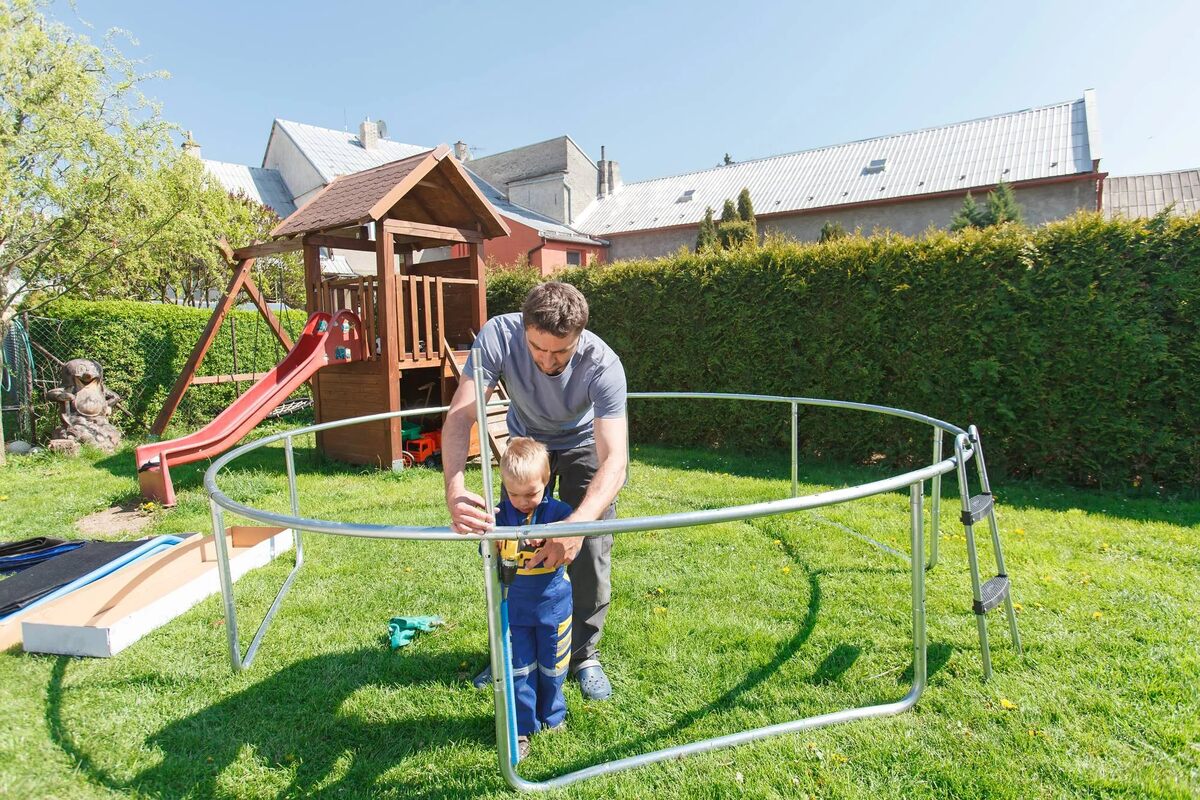
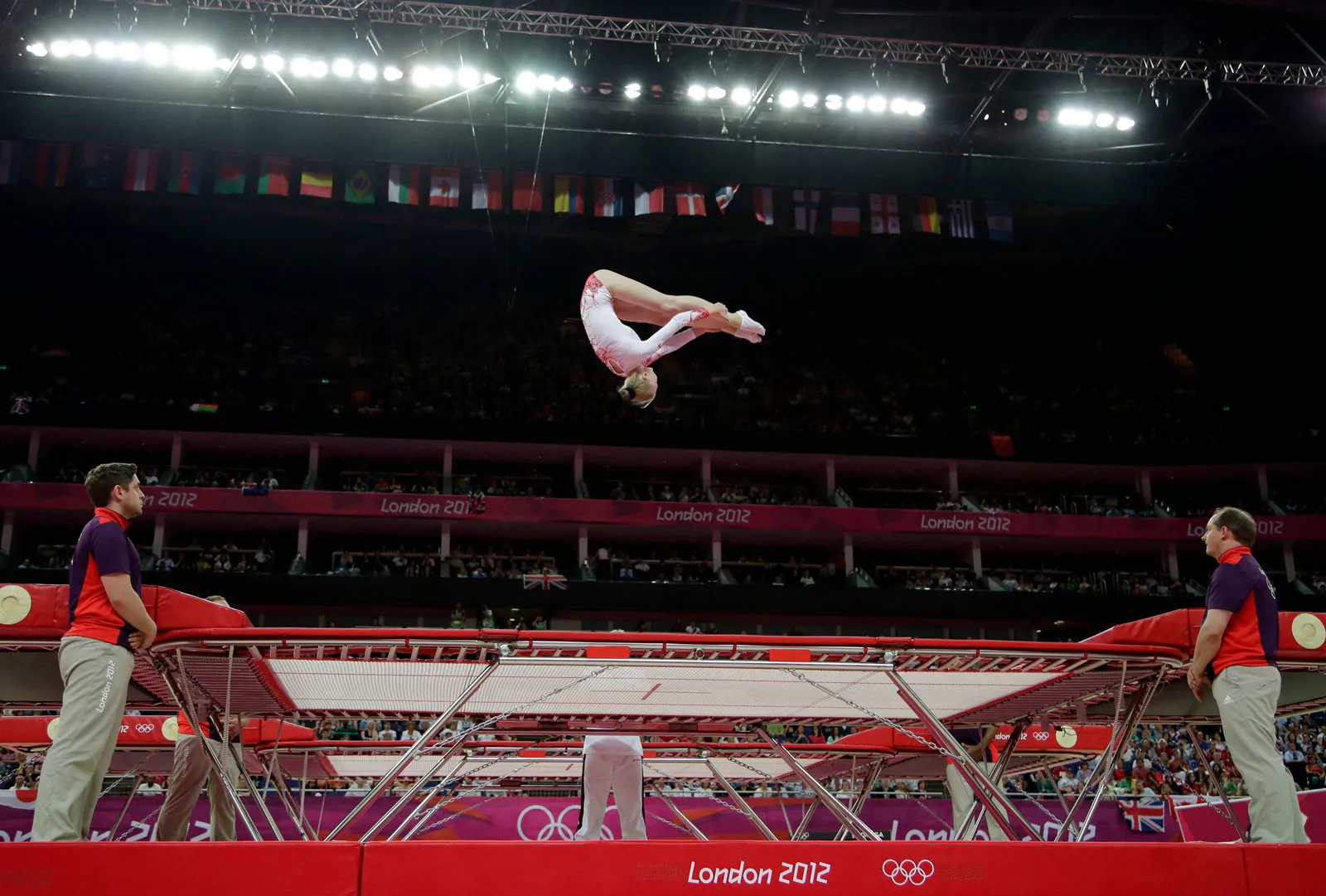
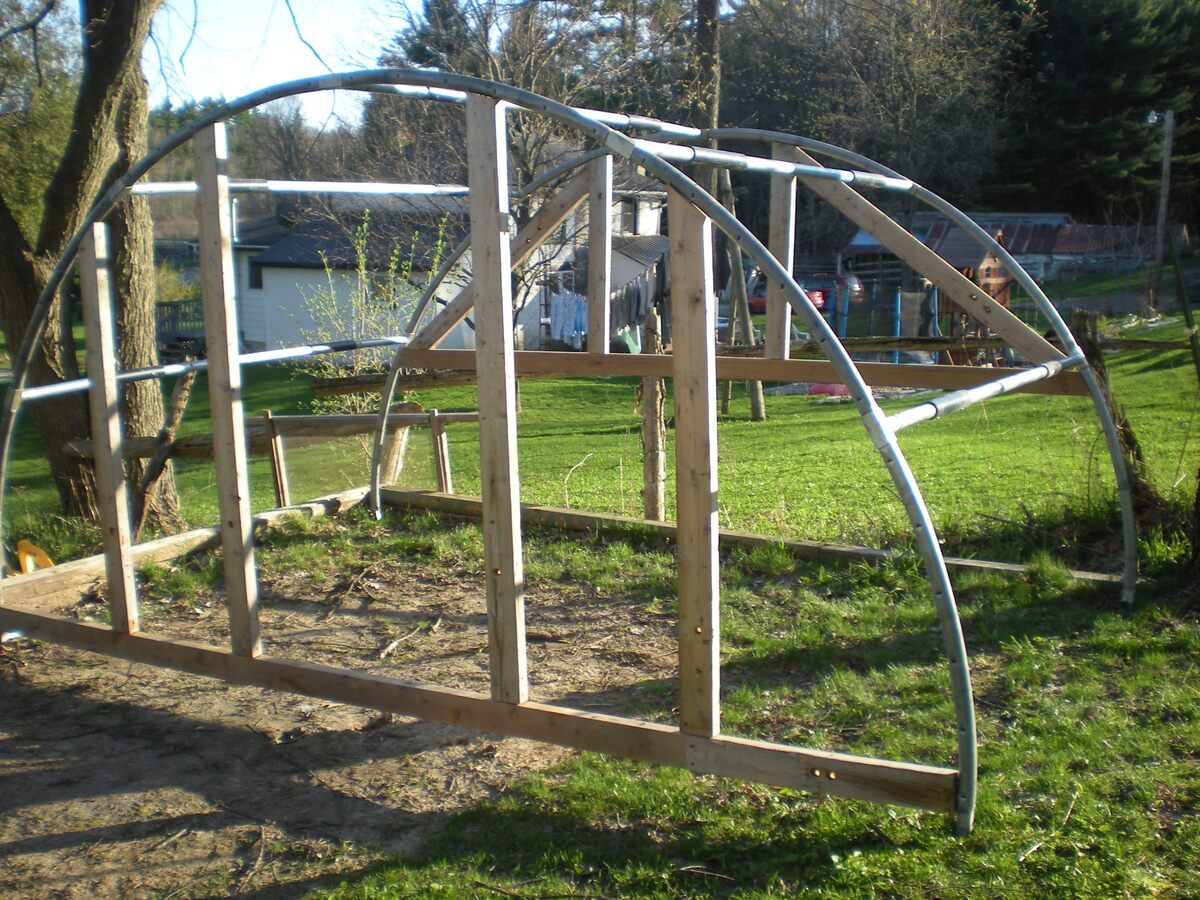



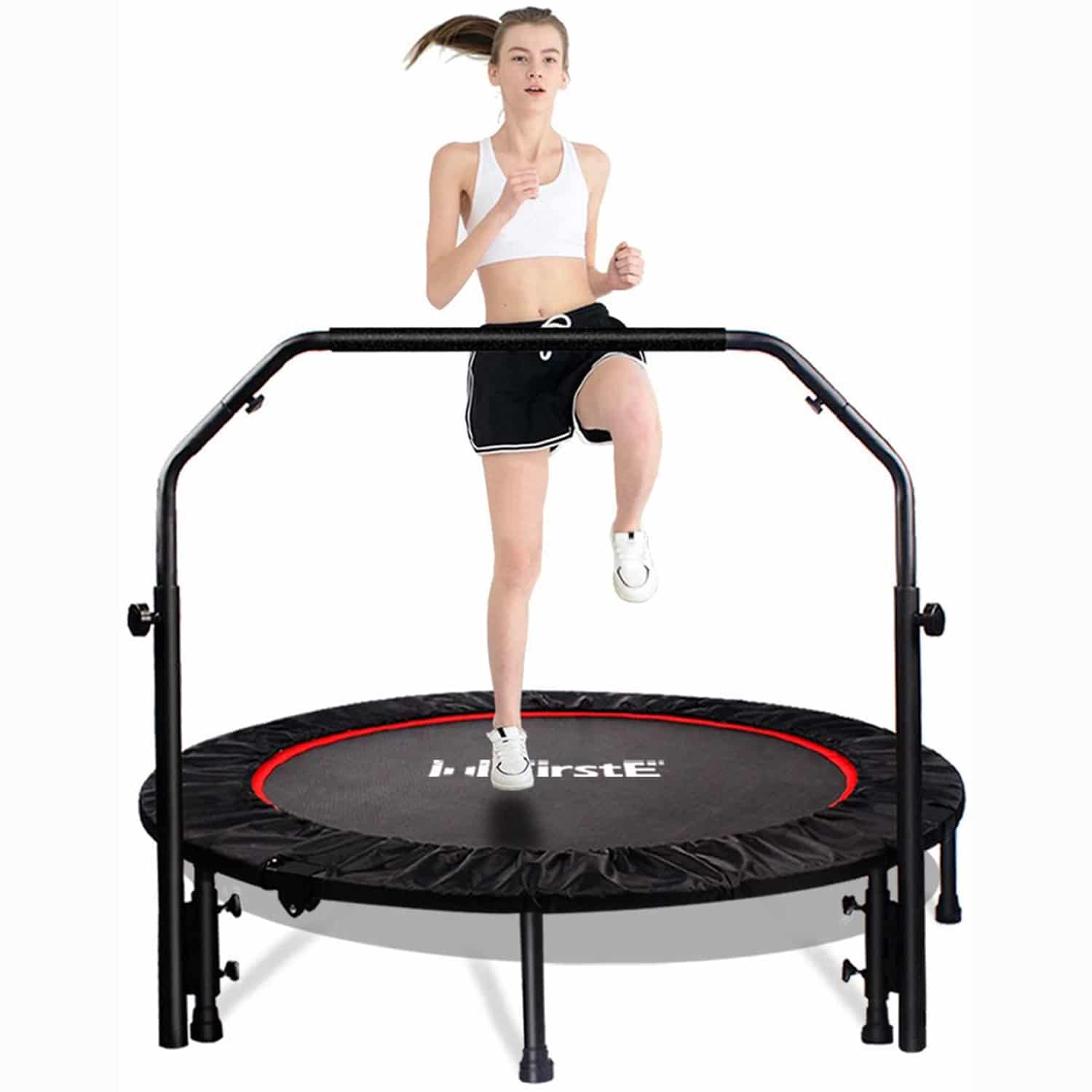

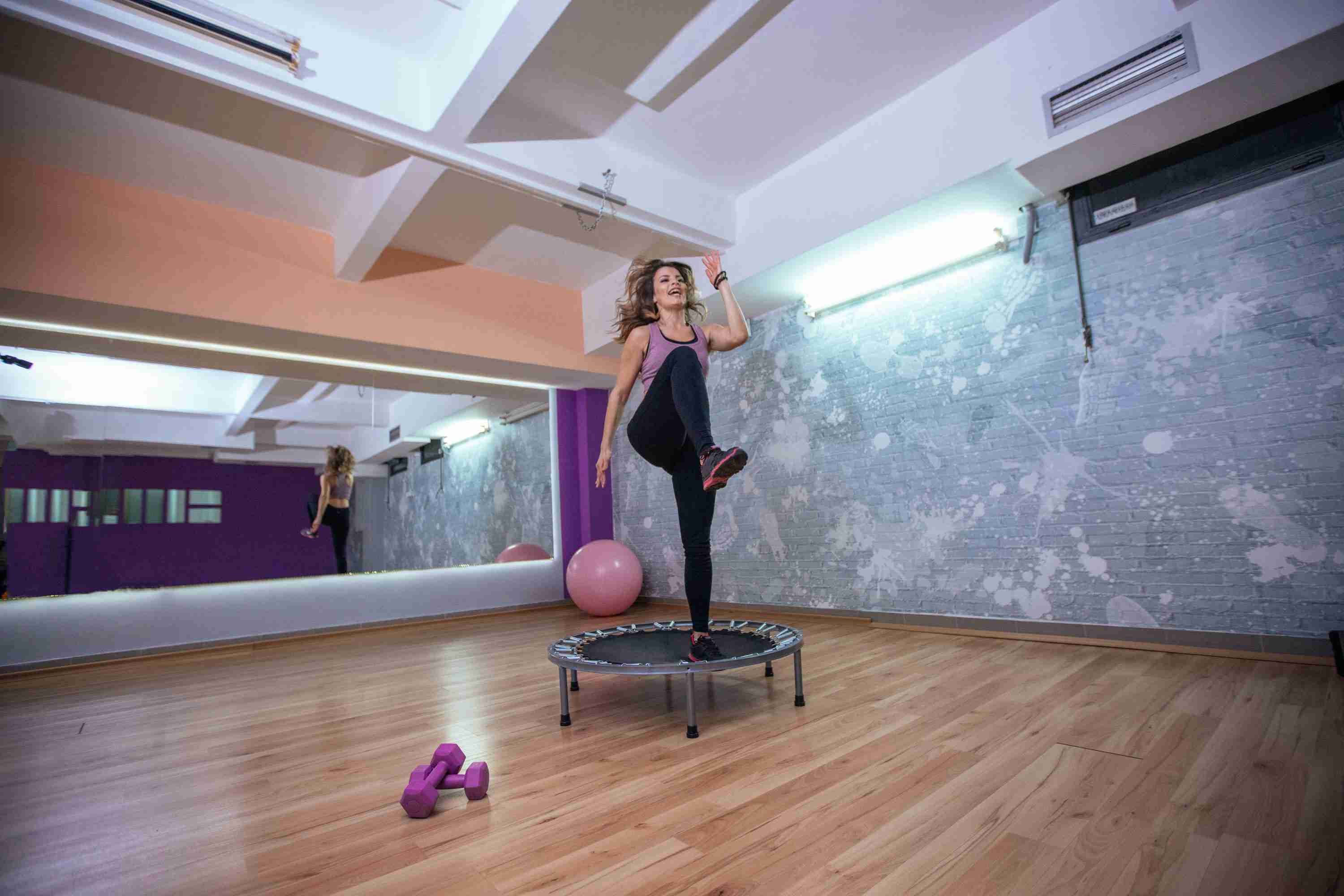


0 thoughts on “What Is A Rebounding Trampoline”